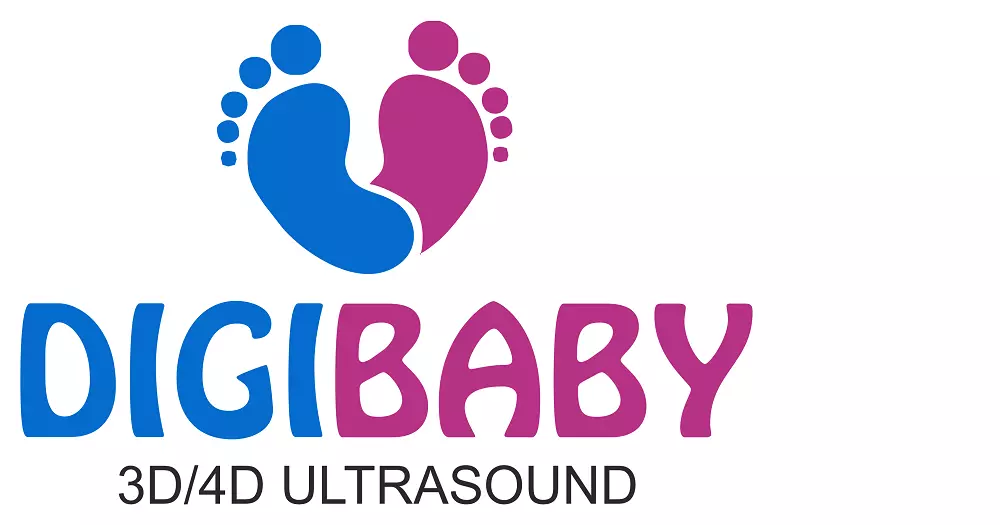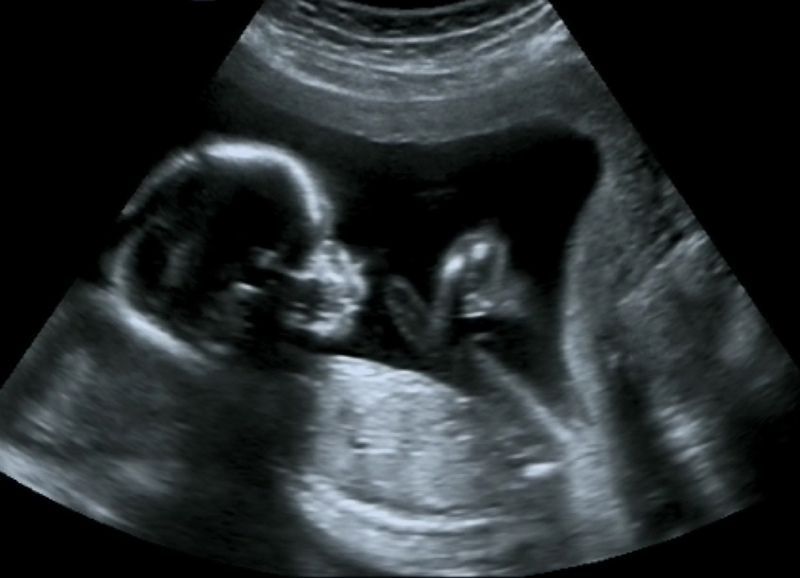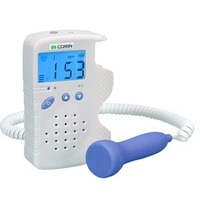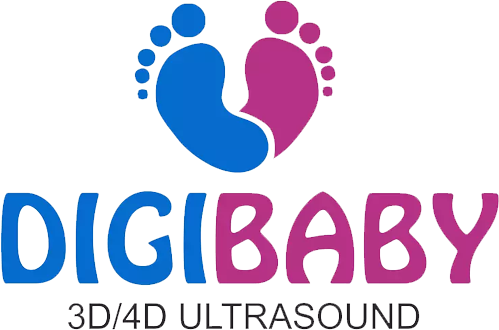Different types of ultrasound scanning during pregnancy
Seeing your baby for the first time through a monitor screen can be an emotional and special moment for every parent. Besides taking the first photograph of your baby to your home, ultrasound scanning tests are also vital for many other reasons. The ultrasound scan tests are essential for the doctors to get valuable information such as baby’s growth, detect abnormalities, predict the due pregnancy date, show the position of your placenta, indicate the sex of your baby, etc. These ultrasound scan tests are always performed under the guidance of a trained healthcare professional called a sonographer. Ultrasound scans are performed at different stages of pregnancy for getting all the specific information about the baby.

But first, let’s understand the purpose of ultrasound tests
Ultrasound scans are used for getting a sneak peek of your baby during pregnancy and examine how the fetus is developing in the womb. Ultrasound uses sound waves for creating images of your baby along with the images of your uterus, placenta, and surrounding blood vessels and organs. The healthcare professional performing an ultrasound exam uses an instrument called a transducer that sends sound waves through your body. The waves produced are then echoed back to the transducer for transforming them into images. The produced images are then seen on the video screening monitor. With the technological advancement nowadays, 3D and 4D colour scans are also available for ultrasound pregnancy tests for better quality images.
- It helps in conforming to pregnancy and determining how many weeks pregnant you are.
- Ascertaining how many fetuses you are carrying.
- Confirming the growth of your baby and figuring out your pregnancy due date.
- It helps to check the abnormalities in your cervix and uterus, if any.
- Monitors your baby’s heartbeat, muscle tone, movement, and development.
- Diagnosing any complications during pregnancy such as abnormal bleeding, ectopic pregnancy, molar pregnancy, and miscarriage.
- Determining the position of the baby.
Different types for pregnancy ultrasound scanning tests
Different ultrasound scanning tests depend on how long your pregnancy is and what the doctor has to check. Here are some common kinds of ultrasound tests –
- Transabdominal ultrasound – In this kind of mid-pregnancy scan ultrasound, the doctor uses a transducer for scanning and is the most common ultrasound test. For this, you must lay down on your back on the examination table, and then the doctor covers your belly with a thin layer of gel. The gel applied to the belly helps the sound waves to move easily for a better image. Then the transducer is moved all across your belly. The patient should drink several glasses of water before the transabdominal ultrasound to have a full bladder during the test. A full bladder helps move sound waves easily. The transabdominal ultrasound is a total of 20 minutes’ process.
- Transvaginal ultrasound – During a transvaginal ultrasound, a wand-shaped transducer is placed inside your vagina. This ultrasound test is generally used at the early stages of pregnancy for verifying your pregnancy, checking your baby’s heart rate & position, etc. For this test also, you have to lay down on your back with your feet in stirrups. Then the doctor moves the transducer in your vagina for getting the required information. Your bladder for the transvaginal ultrasound should be empty or just partly full.

Here are some other kinds of ultrasound tests that are done for getting more information about your baby –
- Doppler ultrasound – The Doppler ultrasound is useful for checking the baby’s blood flow and the blood flow in your uterus and placenta. It is essential for observing the movement of the blood vessels in your baby. The doctor uses the transducer to listen to the baby’s heartbeat and measure the blood flow in the umbilical cord. Doppler scanning is normally used in the last trimester of your pregnancy.
- 3-D ultrasound – This kind of scanning ultrasound test can be done transvaginal or transabdominal. It is used for taking more detailed images of your baby. A 3-D ultrasound test takes thousands of pictures at once and helps in getting a clear 3-D image. Doctors might use this ultrasound to check whether the baby’s organs are developing at a normal pace or not.
- 4-D ultrasound – The 4D ultrasound scan is just like the 3D ultrasounds. But the only difference is that it also shows the moving video of the baby’s movement instead of still images. It captures the highlights and shadows for creating a clearer image of the baby’s face and movements. This ultrasound scan can only be requested after 26 weeks of pregnancy.
Consulting the experts for pregnancy ultrasound scanning tests – Digibaby 3D/4D Ultrasound
The ultrasound tests give the highlights of your pregnancy, and it is a truly exciting experience for the parents to see their baby in the mother’s womb. However, you must always trust the experienced professionals who follow all the medical procedures to ensure a healthy pregnancy and safe deliver. Consult the highly trained team at Digibaby 3D/4D Ultrasound now. Their experienced sonographers will keep the mother and the baby safe and inform you of the accurate pregnancy data. You can connect with them to look for affordable and high-quality 2D/3D/4D live ultrasounds. Watch your baby grow, smile, yawn and blink with the latest technology by Digibaby 3D/4D Ultrasound.






